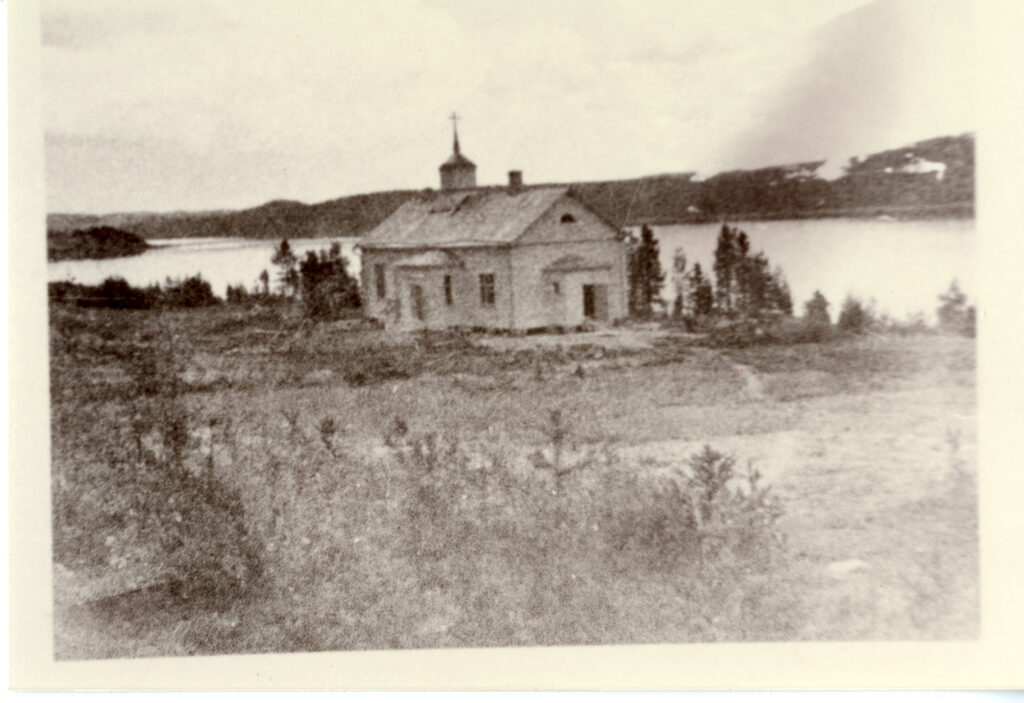The parish in the 19th century
As Finland came under Russian rule in 1809 it meant big changes for Kuusamo in the sense that there was no longer an enemy in the east. The population developed steadily slowly after it was 1 208 people in 1750, 3 059 people in 1800 and about 4 650 people in 1850. Built at the beginning of the century, extensive repairs had to be made to the church. The outside walls of the church were boarded up in 1821. Repairing the often-repeated leaking roof proved to be especially laborious, which had to be done as a big job in 1828 and 1859. One of the reasons for the roof leaking was the very heavy central dome.
In 1865, a law was enacted that established municipal self-government in Finland. In this case, the caretaker administration, which burdened the administration of the parishes and especially the vicars, was abolished and the parishes were able to focus solely on their own mission. The law was to be implemented within three years, and the founding meeting of Kuusamo’s municipal administration was held under the leadership of vicar Johan Gabriel Wilander in the sacristy of the church on April 5th, 1868.
In the second half of the 1860s, an expanding revivalist movement born in northern Sweden during the time of Reverend Lars Levi Laestadius landed in Kuusamo, and the first social gatherings may have been organized in Purnuvaara. By the turn of the century, it is estimated that about half of Kuusamo’s population, which at that time was about 9 800 people, belonged in the movement.
The parish in the 20th century
The separation of Posio into Kuusamo’s chapel congregation was first proposed as early as 1787 by the governor Carpelan. At the episcopal inspection in 1890, Antti Takkinen from Posio made a presentation to the bishop, who urged Posio residents to prepare a petition on the matter. This led to the senate approving the establishment of a new municipality and parish in 1908 on the condition that the residents of Posio would be responsible for building the church themselves. At that time, the population of Posio was 2 323. In practice, Posio didn’t become independent until 1926.
In the 20th century, three churches were built in Kuusamo. The first of them was the short-lived Paanajärvi border region church, which was completed in 1937 and destroyed in the Winter War in the fall of 1939. The Paanajärvi border region district was founded in 1931, when it also got a priest. The regional pastor Toivo Laitinen worked until 1935, and after that the task was handled by his brother Olavi Laitinen. When the Paanajärvi area was lost in the war, the border region work continued in Käylä, where a new border region centre was formed in the 1950s. A border region church was built in Käylä, which was inaugurated on December 14th, 1958. The cross-border work in the parishes ended at the end of 2002, and the activities became the responsibility of the respective parishes.
The third church building project was the construction of the current main church in place of the wooden cross church destroyed in the war. The church was completed in 1951. Bishop Olavi Rimpiläinen named the church the Church of the Holy Cross in 1986, when a celebration was held after the extensive renovation.
